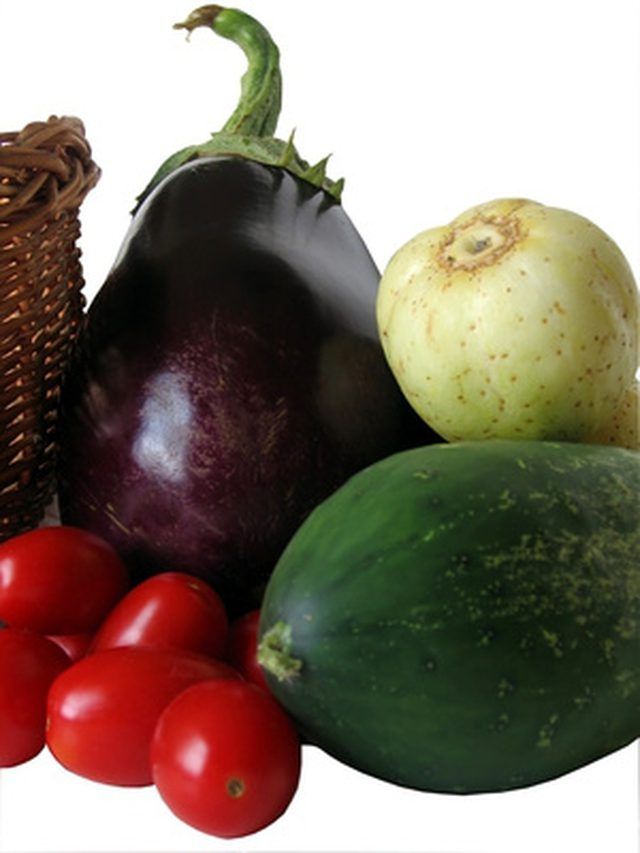Bulbs
Flower Basics
Flower Beds & Specialty Gardens
Flower Garden
Garden Furniture
Garden Gnomes
Garden Seeds
Garden Sheds
Garden Statues
Garden Tools & Supplies
Gardening Basics
Green & Organic
Groundcovers & Vines
Growing Annuals
Growing Basil
Growing Beans
Growing Berries
Growing Blueberries
Growing Cactus
Growing Corn
Growing Cotton
Growing Edibles
Growing Flowers
Growing Garlic
Growing Grapes
Growing Grass
Growing Herbs
Growing Jasmine
Growing Mint
Growing Mushrooms
Orchids
Growing Peanuts
Growing Perennials
Growing Plants
Growing Rosemary
Growing Roses
Growing Strawberries
Growing Sunflowers
Growing Thyme
Growing Tomatoes
Growing Tulips
Growing Vegetables
Herb Basics
Herb Garden
Indoor Growing
Landscaping Basics
Landscaping Patios
Landscaping Plants
Landscaping Shrubs
Landscaping Trees
Landscaping Walks & Pathways
Lawn Basics
Lawn Maintenance
Lawn Mowers
Lawn Ornaments
Lawn Planting
Lawn Tools
Outdoor Growing
Overall Landscape Planning
Pests, Weeds & Problems
Plant Basics
Rock Garden
Rose Garden
Shrubs
Soil
Specialty Gardens
Trees
Vegetable Garden
Yard Maintenance
Garden Vegetable Planting Guide for South Carolina
Garden Vegetable Planting Guide for South Carolina. South Carolina is a diverse state with plenty of climate variations; its mountains and plains can make planting a garden tough without the right information. When planting your garden, take into consideration the area of the state you live in, when it starts to get cold, and what kind of...

South Carolina is a diverse state with plenty of climate variations; its mountains and plains can make planting a garden tough without the right information. When planting your garden, take into consideration the area of the state you live in, when it starts to get cold, and what kind of vegetables you want to grow.
Zones
The United States is broken up into 11 zones based on general temperatures of the area and the dates of the last frost. South Carolina falls into zones 7 and 8. The northern part of South Carolina falls in zone 7, where low temperatures range from 0 to 10 degrees F during the winter. Freezing starts around the end of October and ends about mid-April. The southern part of South Carolina is in zone 8, with winter lows of 10 to 20 degrees F. The freezing in zone 8 begins mid-November and ends mid-April.
Soil Type
South Carolina soil has a high amount of clay. There is also a strip of sandy soil in the middle of the state. These facts mean that in order to have the healthiest, most productive garden possible, mulch, compost, fertilizer and other organic materials must be used, to ensure the fertility and moistness of the soil.
Transplanting
Transplanting your vegetables is an option as well. In the northern half of the state, there are less days of fall, which means that the plants do not have as much time to grow. So, starting them off in your home a few weeks before the last frost happens is a good idea. In the southern half of the state, you can still transplant your vegetables, but there is a longer growing season, so it is not as necessary.
Planting Calendar
Many types of vegetables can grow in South Carolina, from carrots and sweet potatoes to cabbage. The important thing to note is whether a vegetable is a cool or warm season vegetable. Cool vegetables are best to grow in spring and fall. Some of these are lettuce, kale, spinach, broccoli and peas. Warm-season vegetables like lots of light and warmth. Some warm-season vegetables that grow well in South Carolina are tomato, eggplant, peppers, squash, cucumber, potatoes, corn and beans.
Considerations
While the temperatures given for different zones are based on information from the National Climatic Data Center, this does not mean the freeze dates will always fall on those days. Always give a two-week approximation either way. Plan to plant your garden in an area that receives as much sunlight as possible to help counteract the effects of frost.